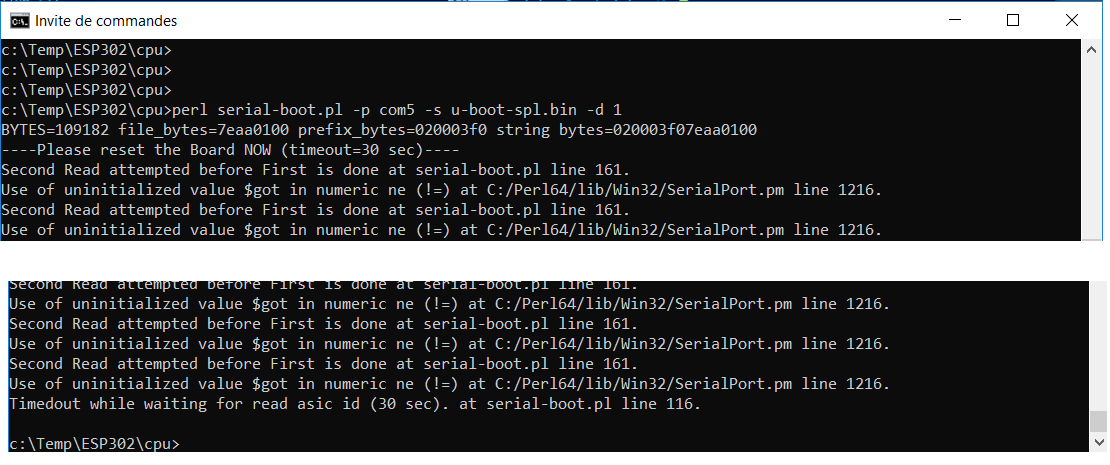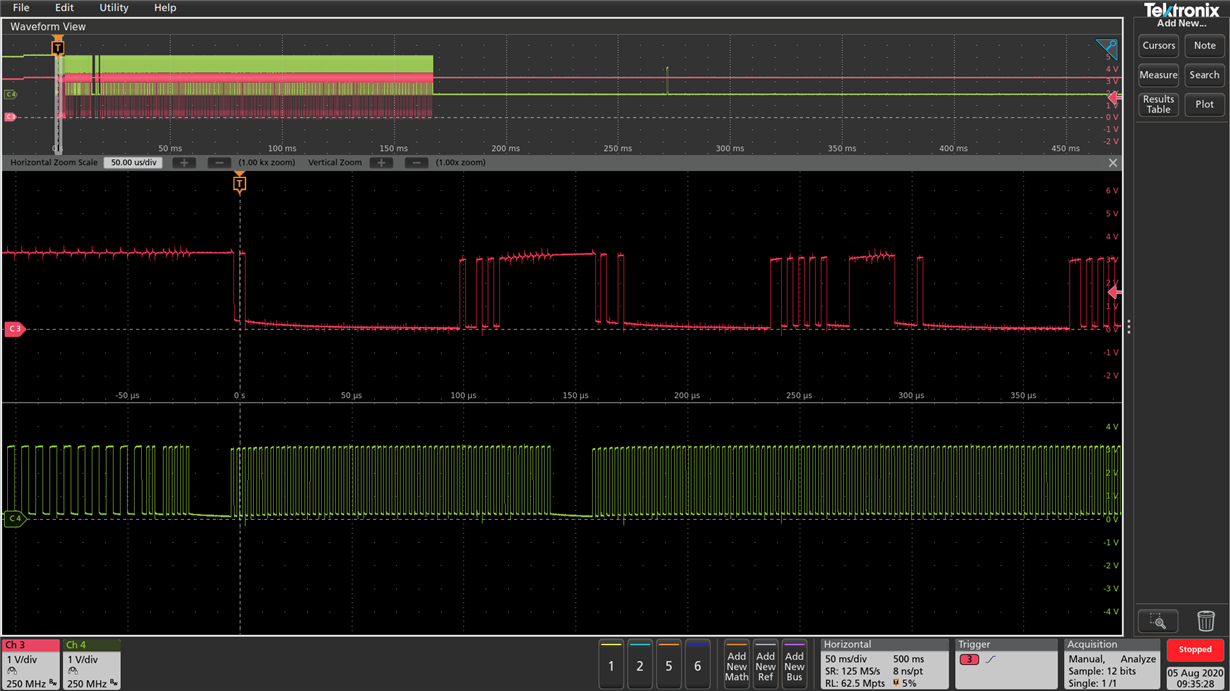Other Parts Discussed in Thread: TMDSEVM572X, , BEAGLEBOARD-X15
I create a new thread because the original one have been locked : https://e2e.ti.com/support/processors/f/791/p/887508/3282263 (I didn't have access on material because of lockdown)
I have tried to put jumper in UART boot mode, and I have nothing on serial console (on P10 connector, 115200 baudrate)





